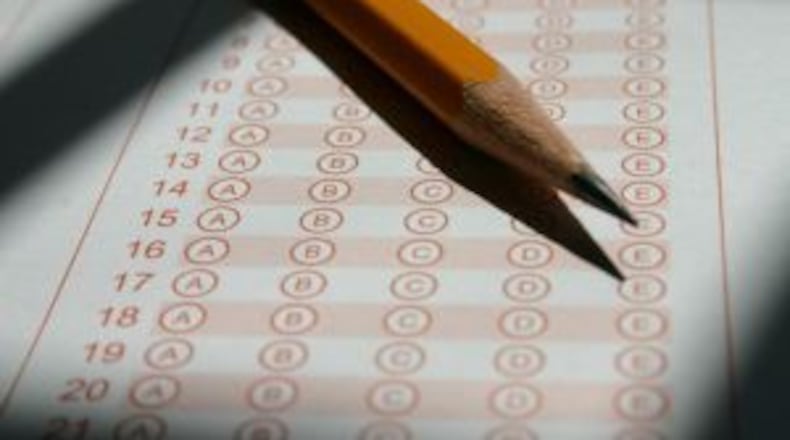An inventory of testing in a Georgia school district found that students spend a minimal amount of time on the activity, despite perceptions that standardized state tests and other exams have taken over public education.
“So it’s 3 percent of our classroom time and 98 percent of our complaints,” said state education board member Trey Allen, after he was presented with the numbers Thursday. Others on the state board were incredulous: “Are you sure you calculated that right?,” said one. “It seems very low.”
It's actually less than 3 percent, in Barrow County at least. That is where the Georgia Partnership for Excellence in Education, a non-profit working with the state Department of Education, calculated the time spent on state- and locally-constructed tests.
The average: 1.75 percent, with 2.43 percent at the high end and as little as 0.62 percent, depending upon grade level and other factors.
State law requires students in grades three through eight to take end-of-grade tests in English and math, while students in grades five through eight also test in science and social studies. High school students take end-of-course tests in eight subjects.
While many parents and teachers are skeptical of the value of those tests, students were “extremely positive ... almost shockingly so” about their usefulness, said
Matt Thompson, who oversees data services for the Barrow County School System, one of five school districts where tests were reviewed.
GPEE didn’t provide details beyond the overall calculations, so it’s unclear how they arrived at their results. Teachers would be quick to note that time during a test represents only a portion of their overall investment. There are emails to send and read ahead of the test, and meetings about procedures and proctoring.
The goal was to help these districts weed out the unhelpful tests. Thompson told the state education board that teachers were more critical of tests written by teachers in the school district than of the state standardized tests.
About the Author
Keep Reading
The Latest
Featured



